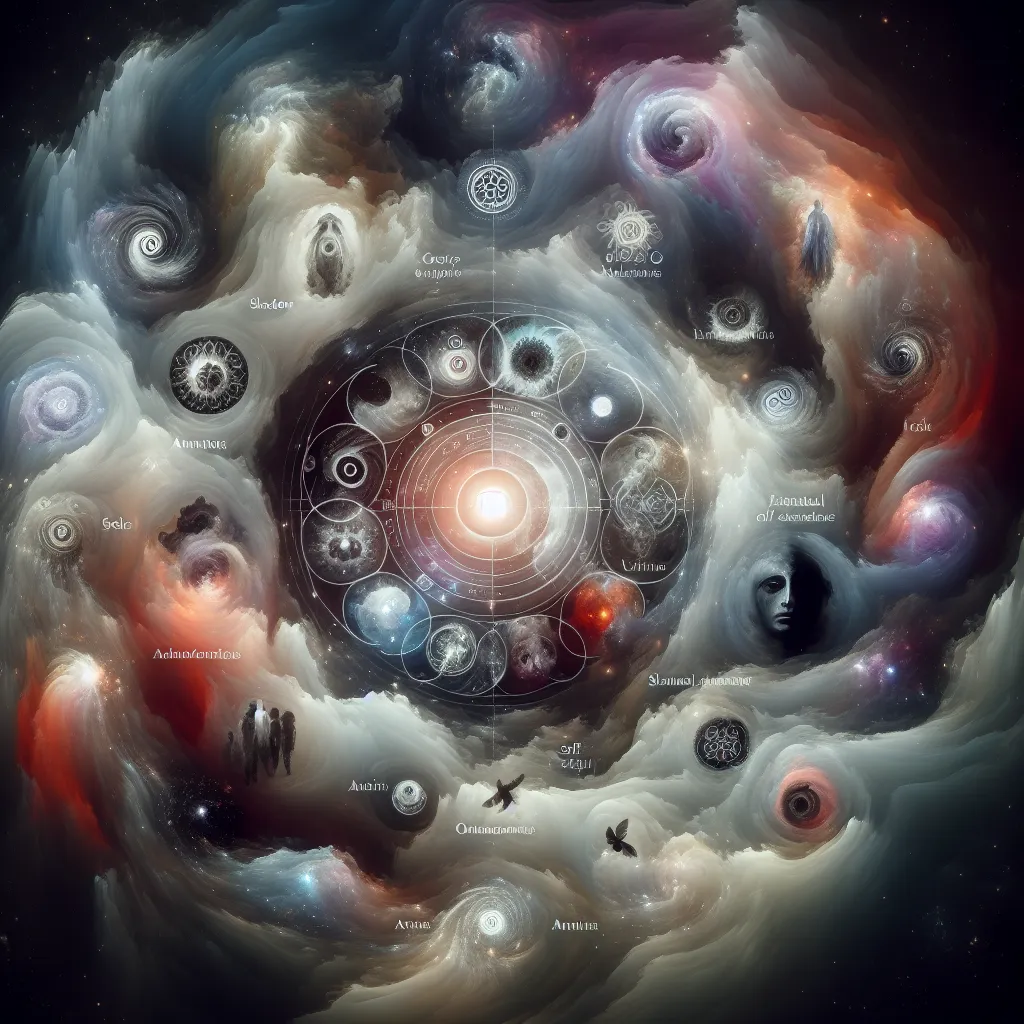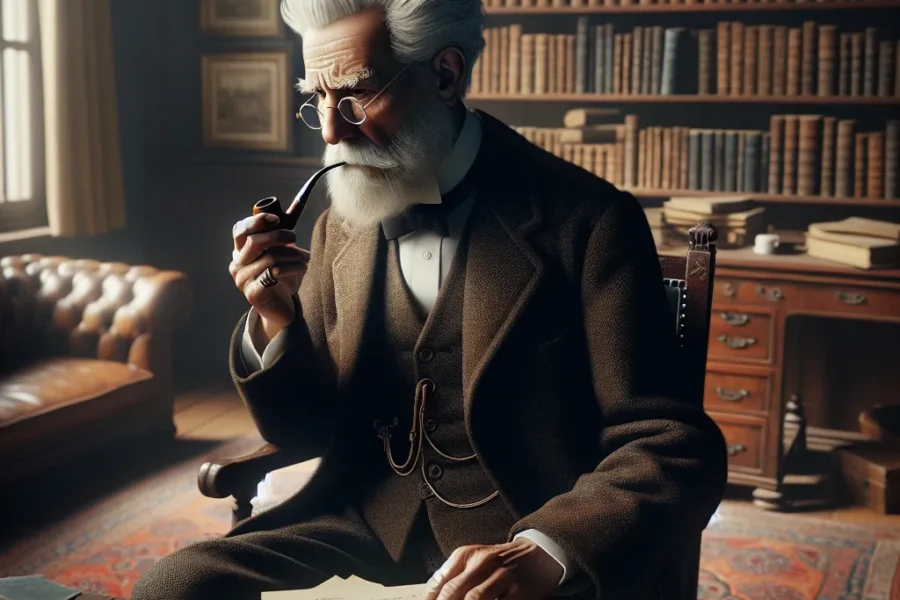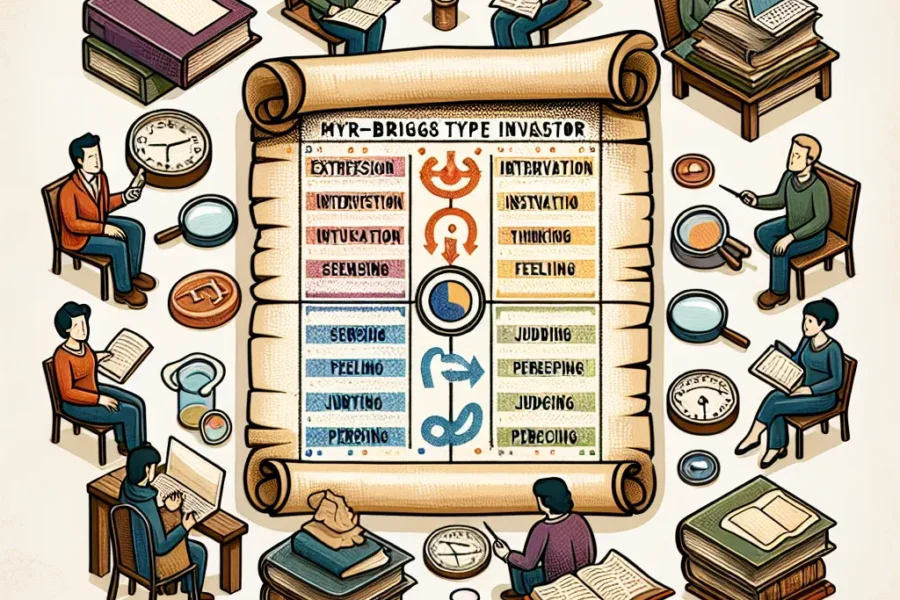Carl Jung’s Archetypes and the Collective Unconscious: Exploring the Depths of the Psyche
The concept of archetypes and the collective unconscious stands as one of the most intriguing and influential ideas in the field of psychology, largely attributed to the pioneering work of Swiss psychiatrist Carl Gustav Jung. Through his extensive research and clinical practice, Jung developed a framework that reaches into the deepest layers of human experience, offering insights into the universal patterns residing in our subconscious minds.
Understanding Carl Jung and His Contributions
Carl Jung (1875-1961) was a pivotal figure in the early development of psychoanalysis and is best known for founding analytical psychology. Jung’s close work with Sigmund Freud, the father of psychoanalysis, initially positioned him as an heir to Freudian theory. However, he later diverged from Freud’s ideas, emphasizing the importance of the human psyche’s spiritual and existential dimensions, not just its sexual underpinnings.
Jung’s Dissent from Freud and the Birth of Analytical Psychology
Jung’s foray into what would become analytical psychology began with his dissent from some of the foundational elements of Freudian thought. While Freud emphasized the role of personal experience and the primacy of the libido in shaping the unconscious, Jung broadened this perspective, proposing the existence of a collective layer of the unconscious shared by all humans.
The Collective Unconscious: A Universal Psyche
At the heart of Jung’s theory is the collective unconscious, a term he used to describe a part of the unconscious mind characterized by structures shared among beings of the same species. Jung argued that the collective unconscious is inherited, not developed, and is universally present in all individuals. This shared psychic system contains the archetypes, which are primal, universal symbols and patterns that shape human behavior and experience.
Archetypes: The Living Systems of the Psyche
Archetypes can be thought of as psychic instincts or historical echoes that resonate across cultures and time. Examples of these archetypes include motifs like the Mother, the Hero, the Shadow, the Anima and Animus, and the Trickster, among others. Each archetype signifies a set of behaviors, experiences, and symbols commonly found in myths, dreams, and literature around the world.
The Mother Archetype: Nurturance and Creation
The Mother archetype embodies the concept of creation, fertility, nurturance, and the foundation of our relationship with caregiving and parental figures. It manifests through various symbols, such as Mother Earth or the Virgin Mary in Christian iconography. This archetype speaks to the universal experience of being born and cared for, and it influences our interactions with figures of protection and sustenance throughout life.
The Hero Archetype: Courage and Redemption
The Hero archetype is represented by the figure who embarks on a significant journey, faces challenges, overcomes adversity, and ultimately achieves a form of redemption or self-discovery. It’s a powerful narrative element that resides in folklore, religion, and modern storytelling, capturing our collective admiration for courage and transformation.
The Shadow Archetype: The Dark Side of the Psyche
The Shadow archetype encompasses the darker, often unacknowledged portion of our personality. It contains primitive, negative human emotions and impulses such as jealousy, anger, and greed. Jung suggests that confronting and integrating the Shadow into one’s conscious awareness is a critical part of personal growth and psychological development.
The Anima and Animus: The Feminine and Masculine Within
Jung also conceptualized the Anima and Animus archetypes as representing the feminine and masculine aspects found within each individual, irrespective of gender. The Anima relates to the feminine qualities in the male psyche, while the Animus pertains to masculine traits in the female psyche. These archetypes influence our understanding of gender and shape the way we interact with the opposite gender.
The Trickster: Chaos and Transformation
The Trickster archetype is a symbol of chaos, unpredictability, and transformation. Characterized by cunning, wit, and a disregard for the rules, the Trickster is often responsible for creating trouble but also for bringing about change—a catalyst in many narratives for breaking norms and challenging the status quo.
Exploring Dreams: Windows into the Collective Unconscious
Jung recognized dreams as direct expressions of the collective unconscious, containing rich symbolic material that provides insight into the workings of the archetypes. He believed that through analyzing dreams, individuals could access the deeper parts of the psyche and begin integrating these archetypal elements into their conscious lives, leading to psychological harmony and wholeness—a process he called individuation.
The Impact of Archetypes on Culture and Society
Archetypes exert a profound influence on cultural narratives, art, religion, and societal norms. They form the backbone of storytelling, as evident in the perpetuation of mythical structures that encapsulate the human experience across time and geography. In movies, books, television shows, and other forms of media, archetypal themes continue to draw audiences because of their relatable, intrinsic nature.
The Role of the Collective Unconscious in Modern Psychology
While some aspects of Jung’s theories remain controversial among psychologists, the idea of the collective unconscious has significantly shaped the field of depth psychology and has contributed to the disciplines of anthropology, sociology, and religious studies. Jung’s insistence on the spiritual and existential aspects of human life offered a more holistic view of the psyche beyond Freud’s more reductive interpretations.
Conclusion
Carl Jung’s theory of archetypes and the collective unconscious delves deep into a shared human heritage, exploring the timeless elements that reside within our subconscious minds. His work on archetype-driven collective patterns uncovers the fundamental threads that connect the mosaic of human culture and consciousness—offering powerful insights into the structures that underlie our beliefs, behaviors, and creative expressions.
Understanding and embracing Jung’s perspectives on the collective unconscious allows for a more profound exploration of our shared human fabric and the mysterious inner workings of our minds. As we engage with these archetypes, whether through self-reflection, analysis of dreams, or appreciation of cultural stories, we come closer to comprehending the universal narratives that bind us all, while simultaneously embarking on the path to personal individuation and psychological growth.
Today, Jung’s archetypes continue to inform therapeutic practice, academic discourse, and personal introspection, transcending time to affect numerous realms of our lives. By recognizing these psychological patterns, we acknowledge a vital aspect of the human experience—a testament to the enduring legacy of Carl Jung’s revolutionary insights into the collective unconscious.



Leave a Comment